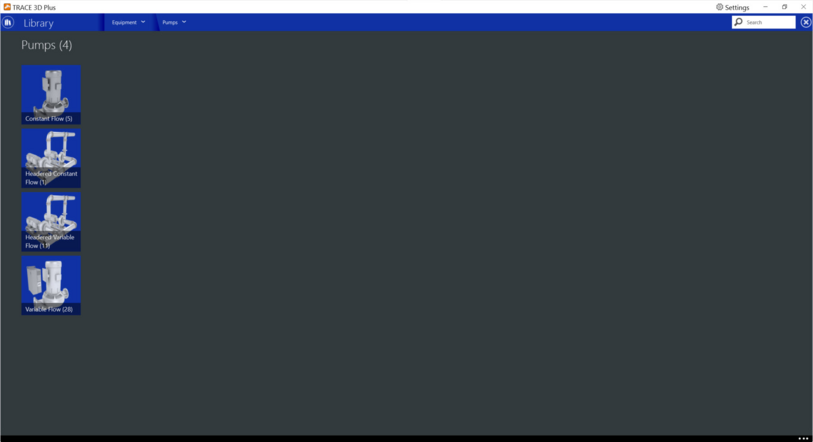Pumps Library
In the pumps section of the equipment library, pump library members can be viewed, modified, or created for use in a TRACE project file.
The following pump types are available:

Pumps Library
In the pumps section of the equipment library, pump library members can be viewed, modified, or created for use in a TRACE project file.
The following pump types are available:
 |